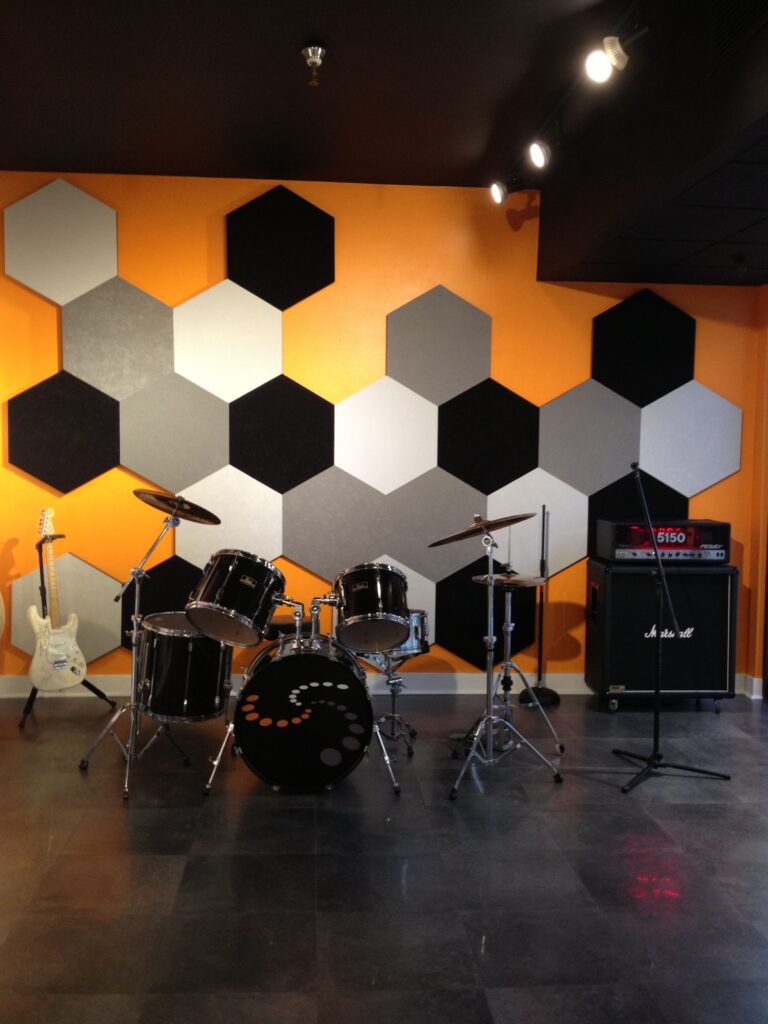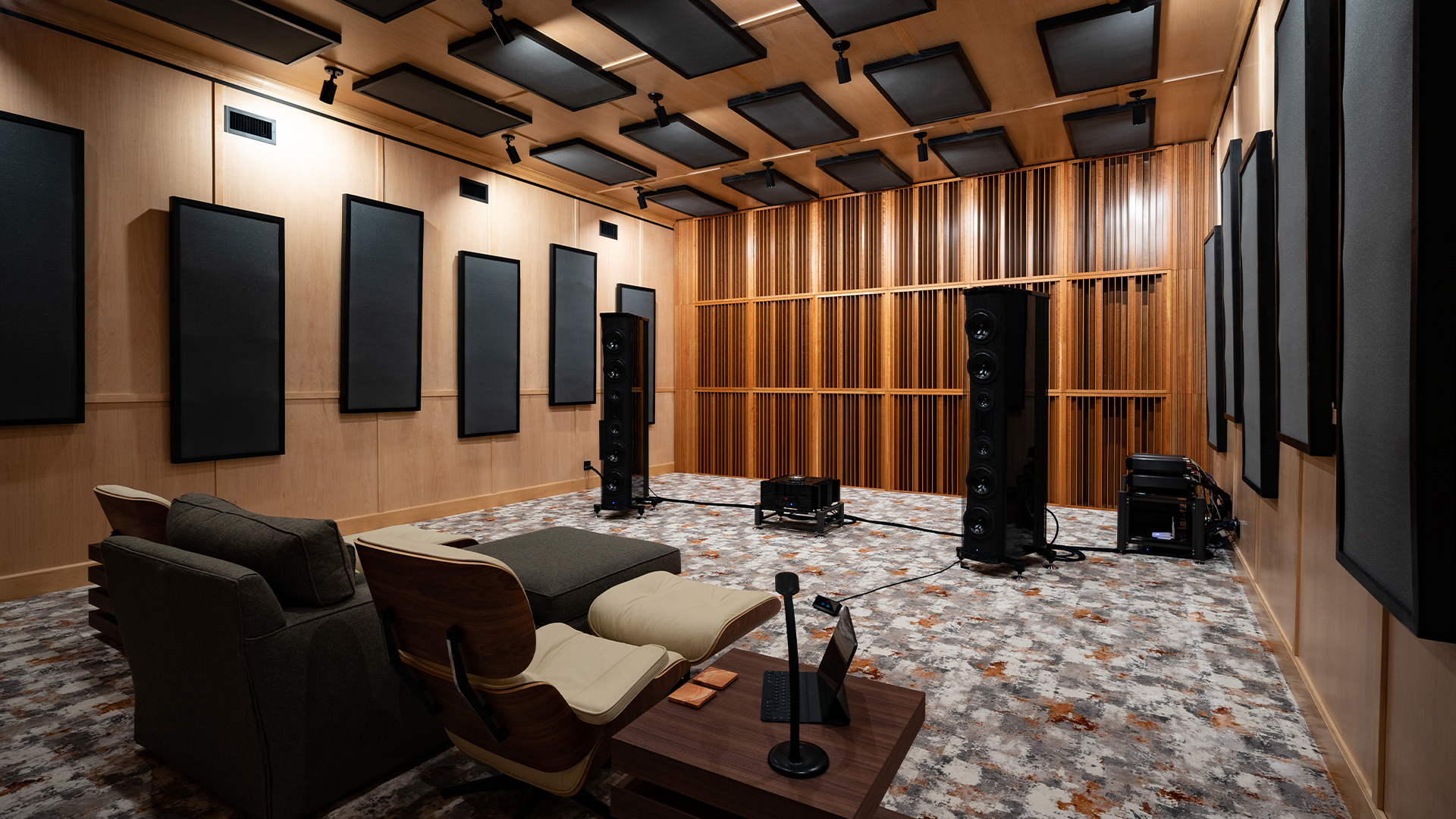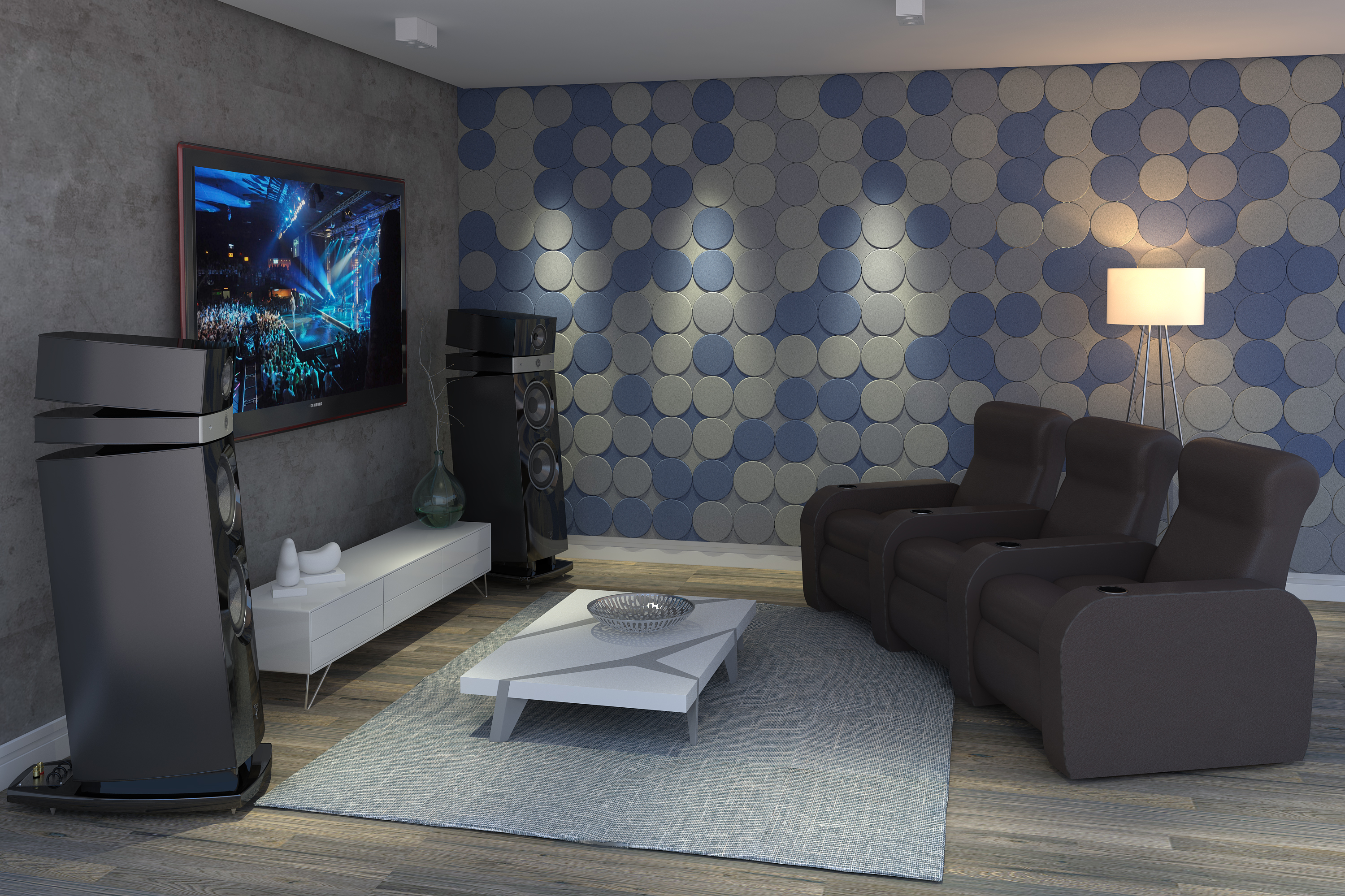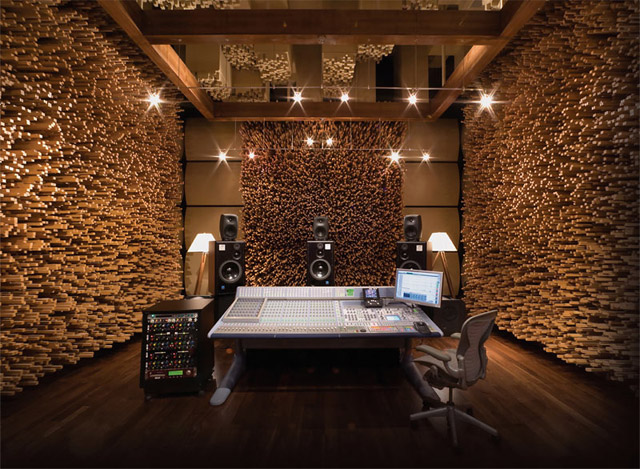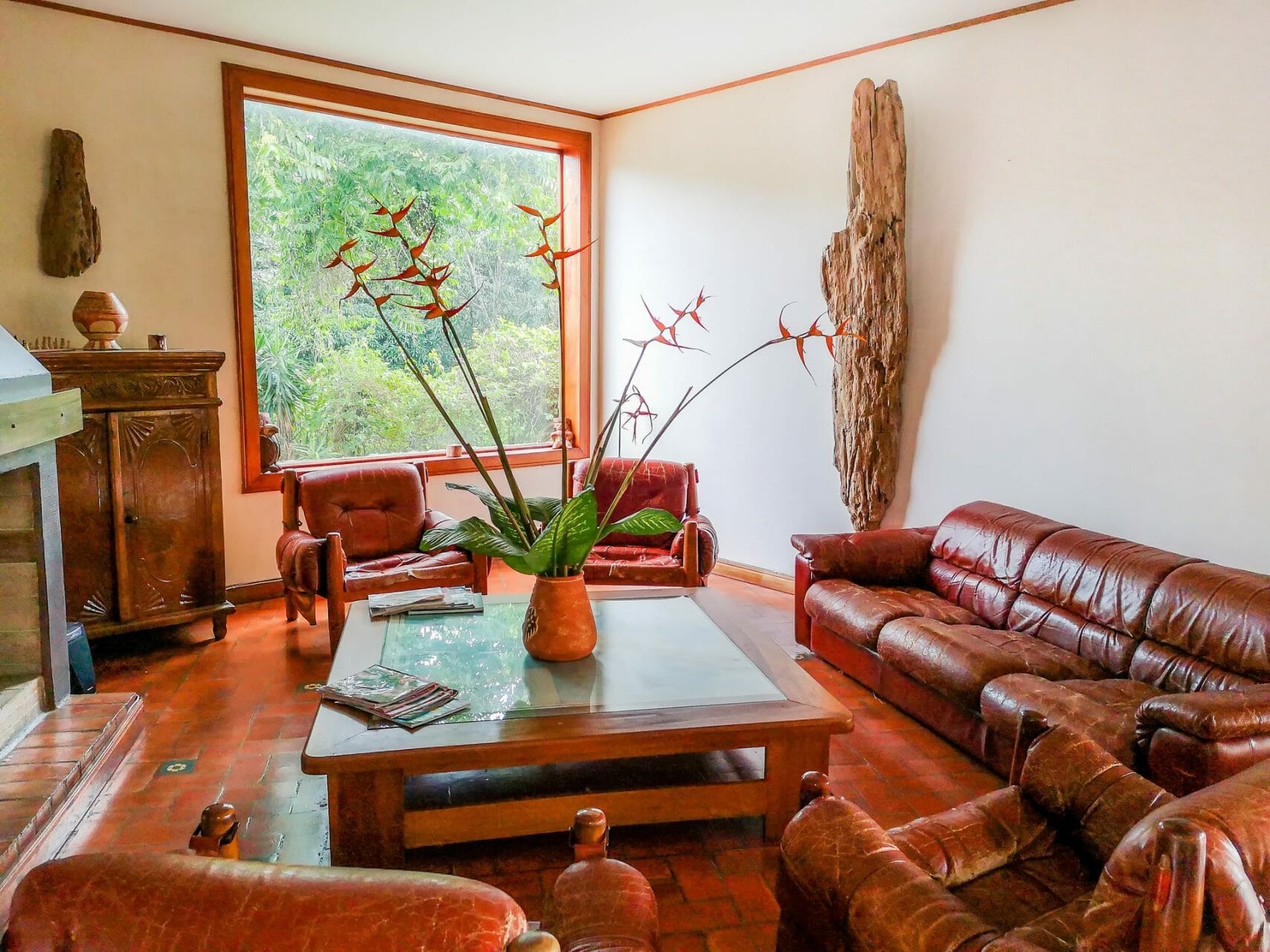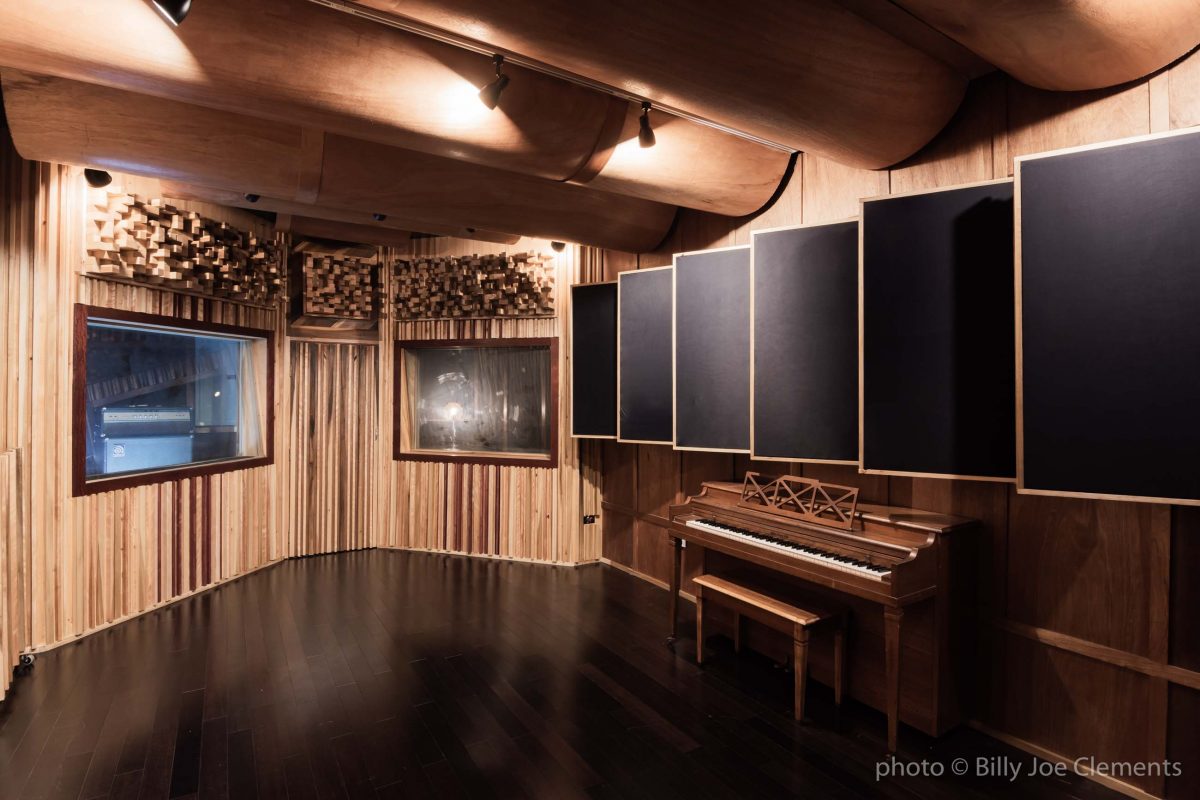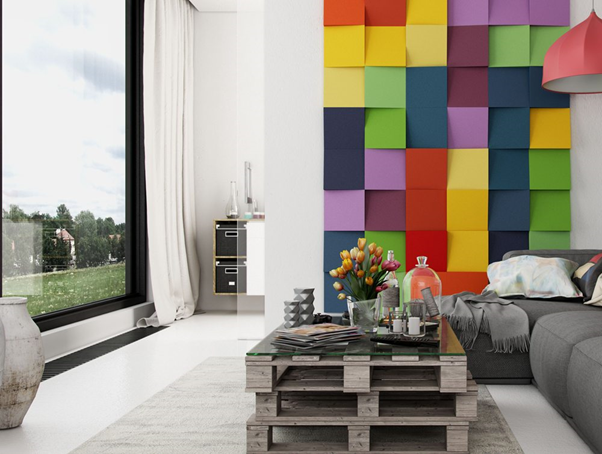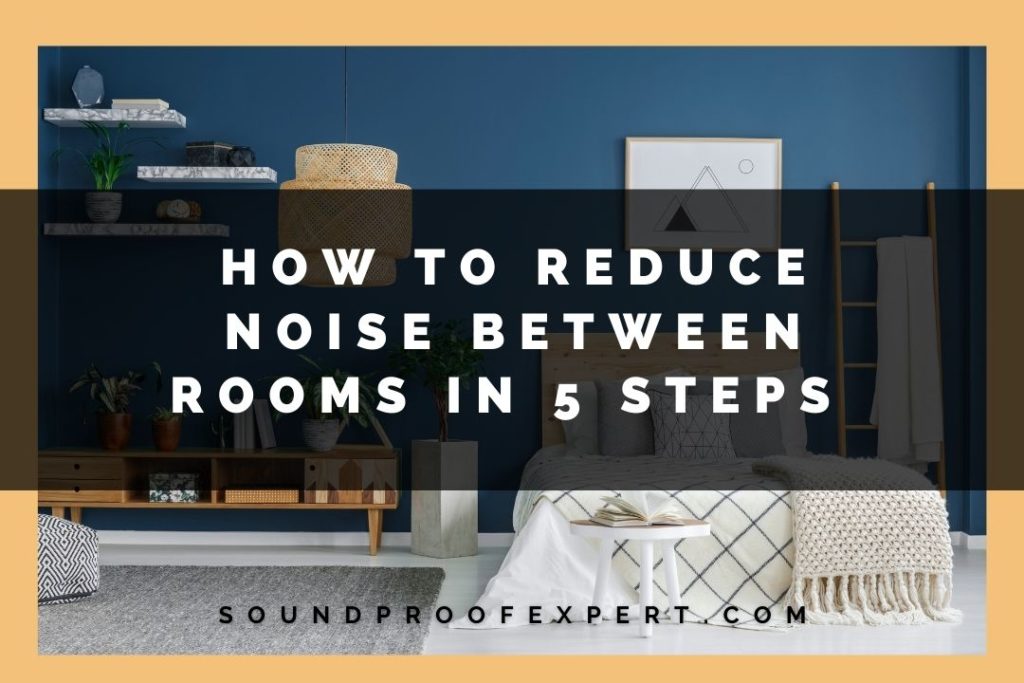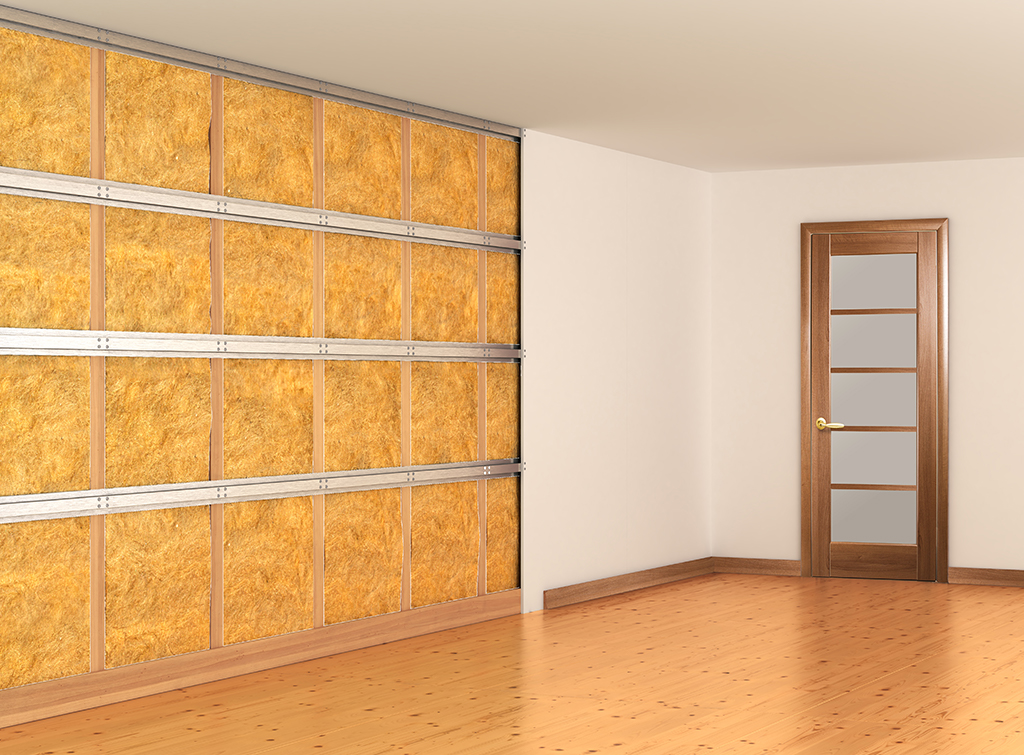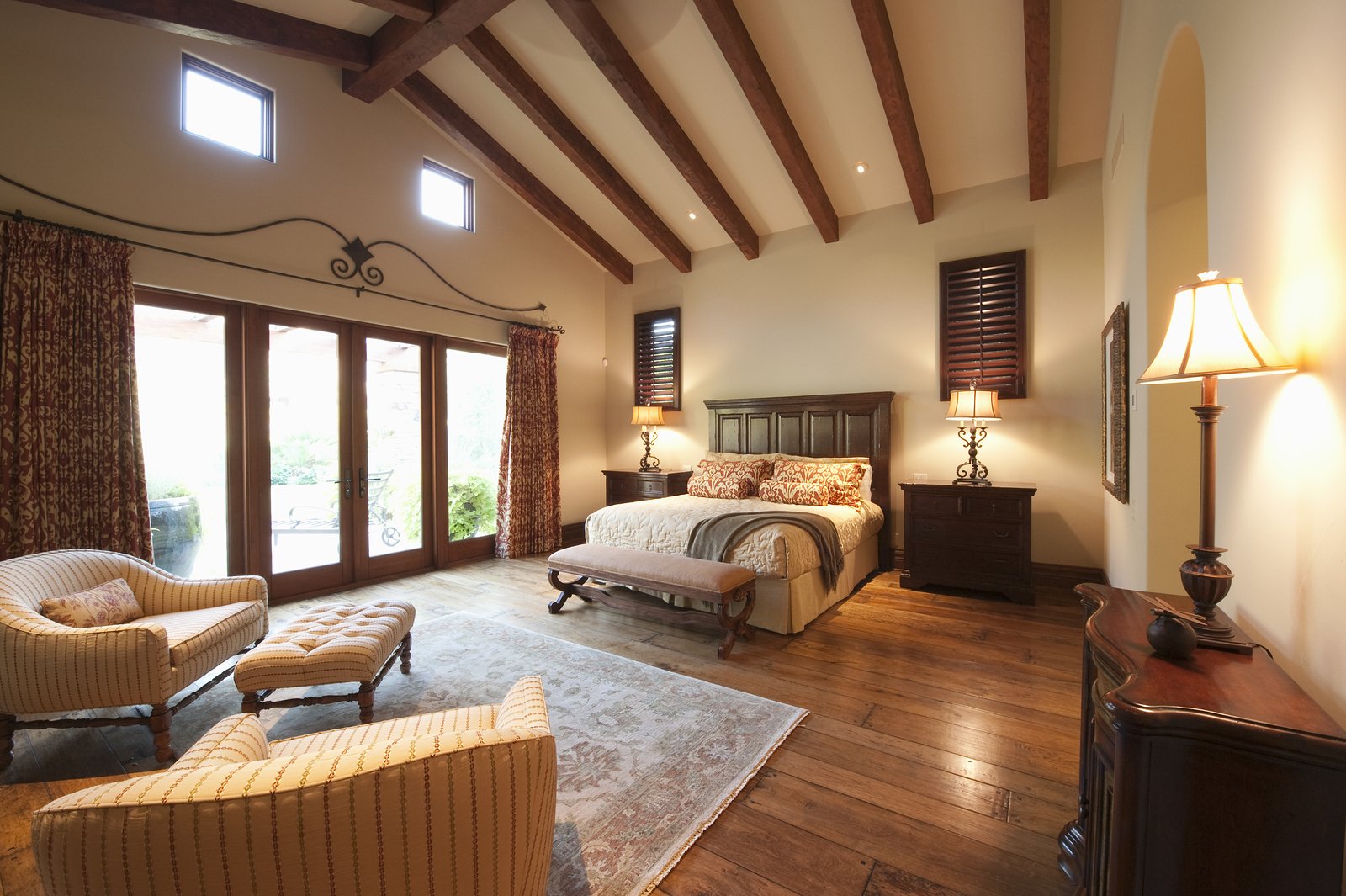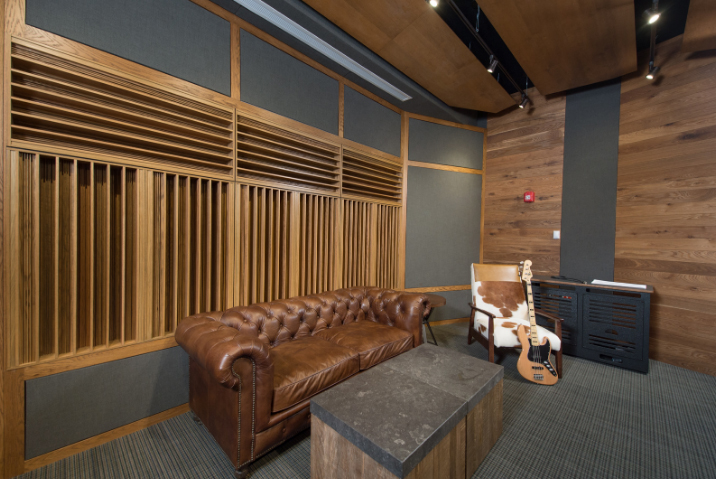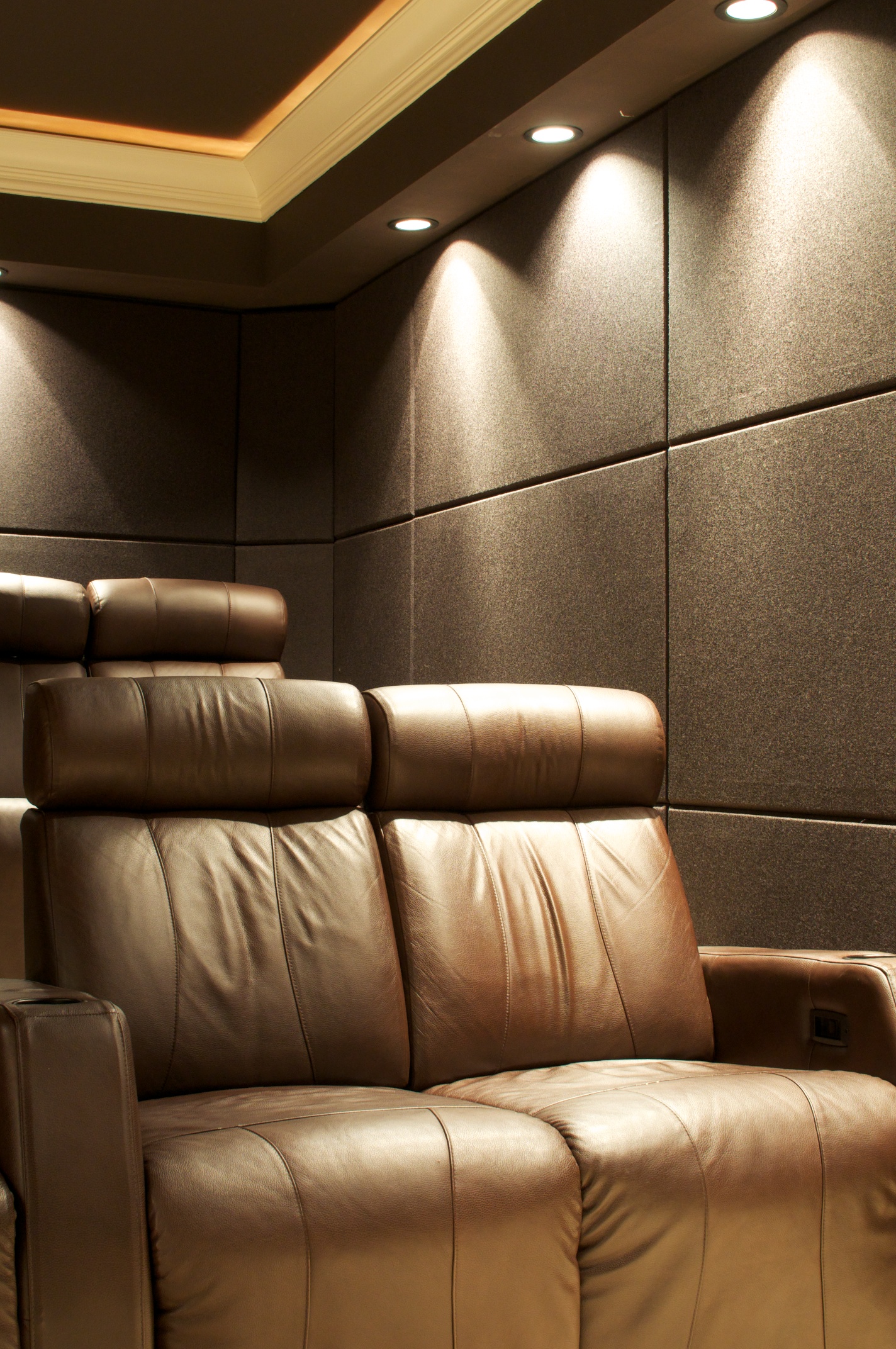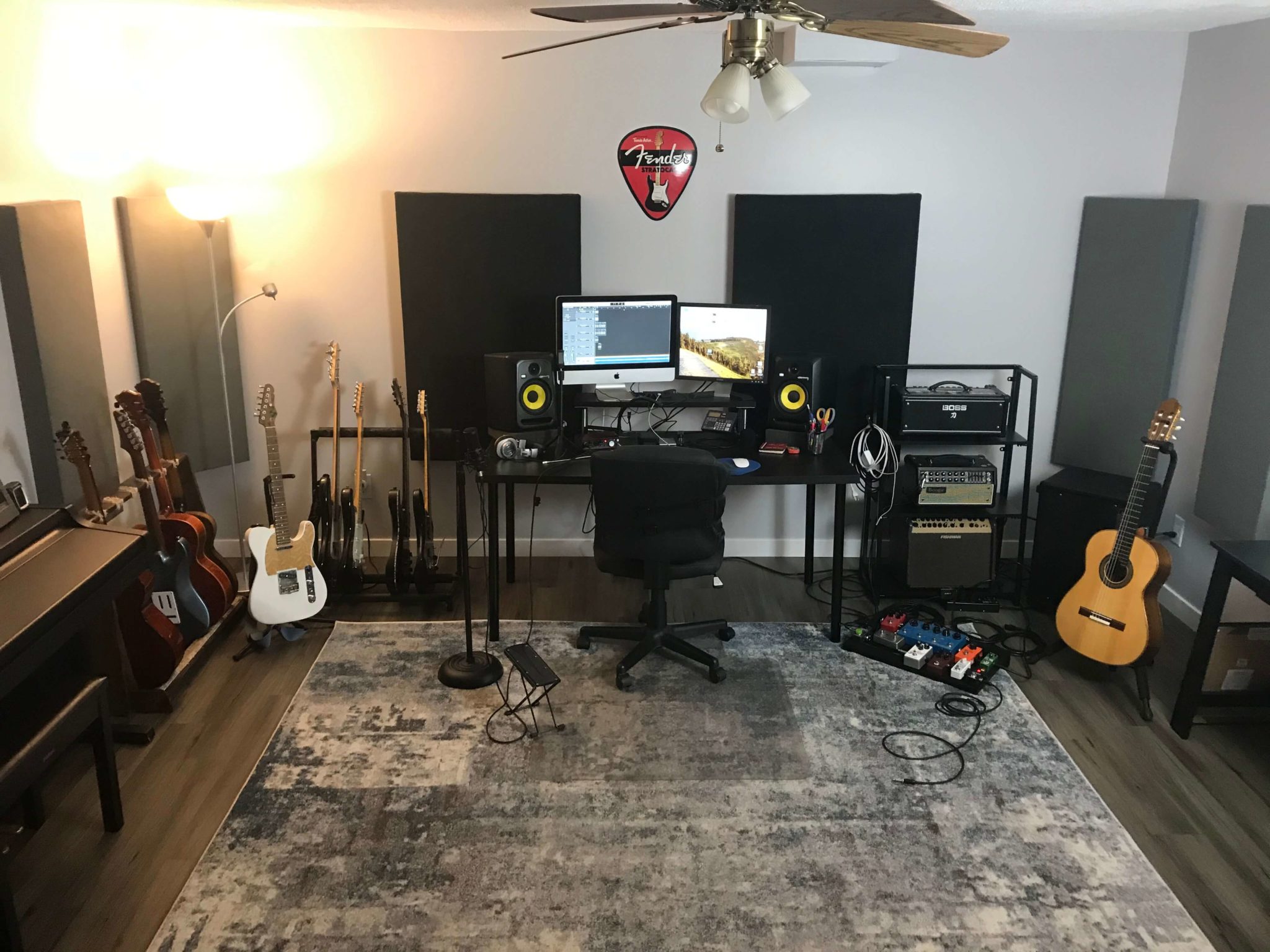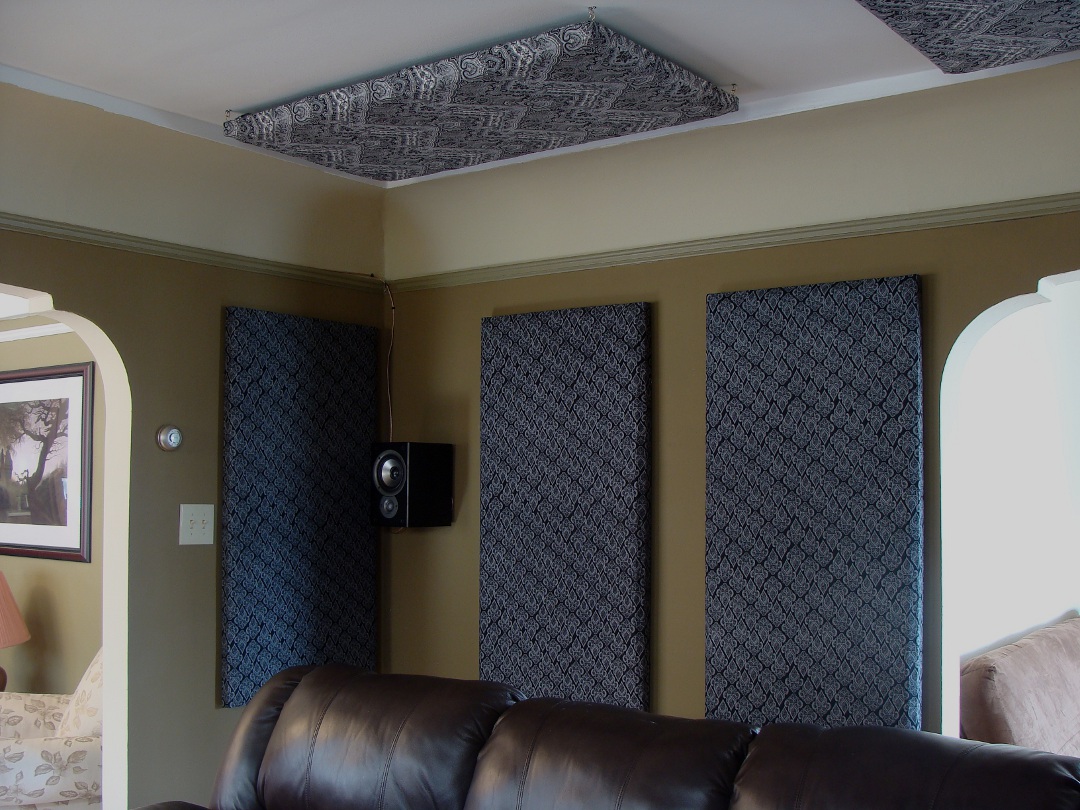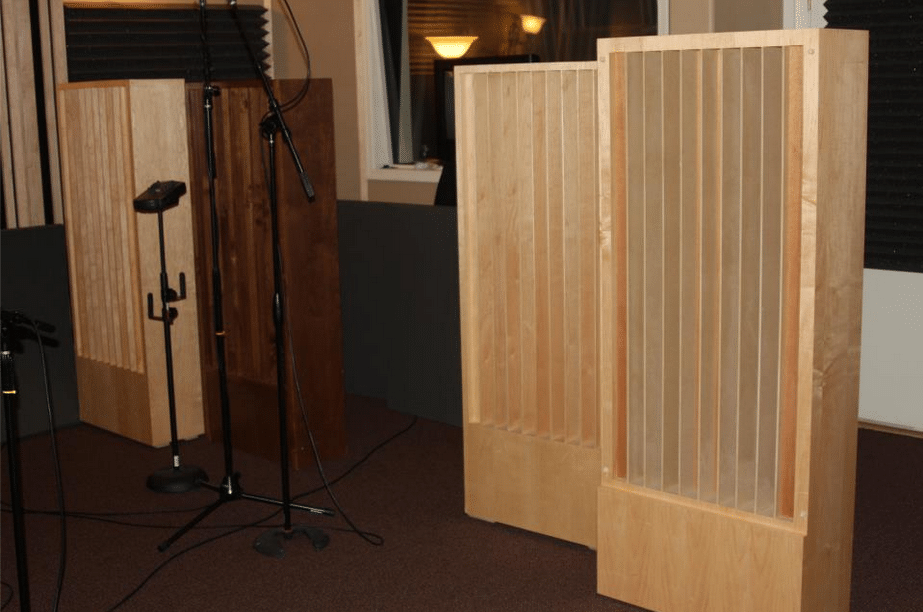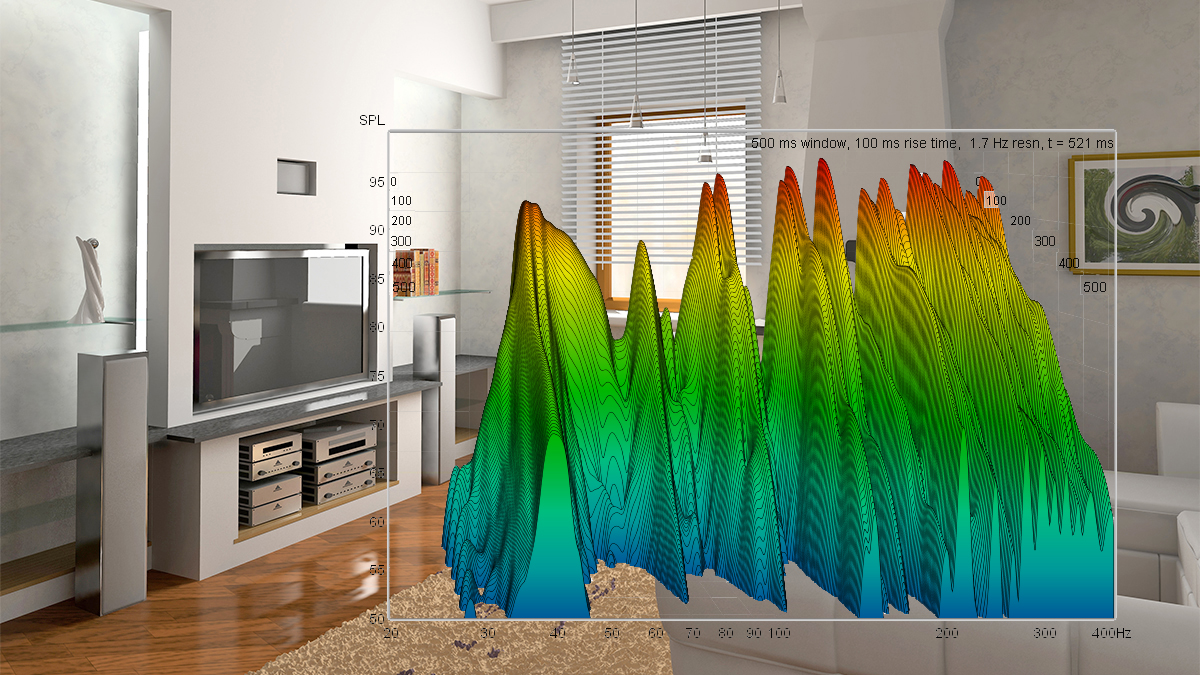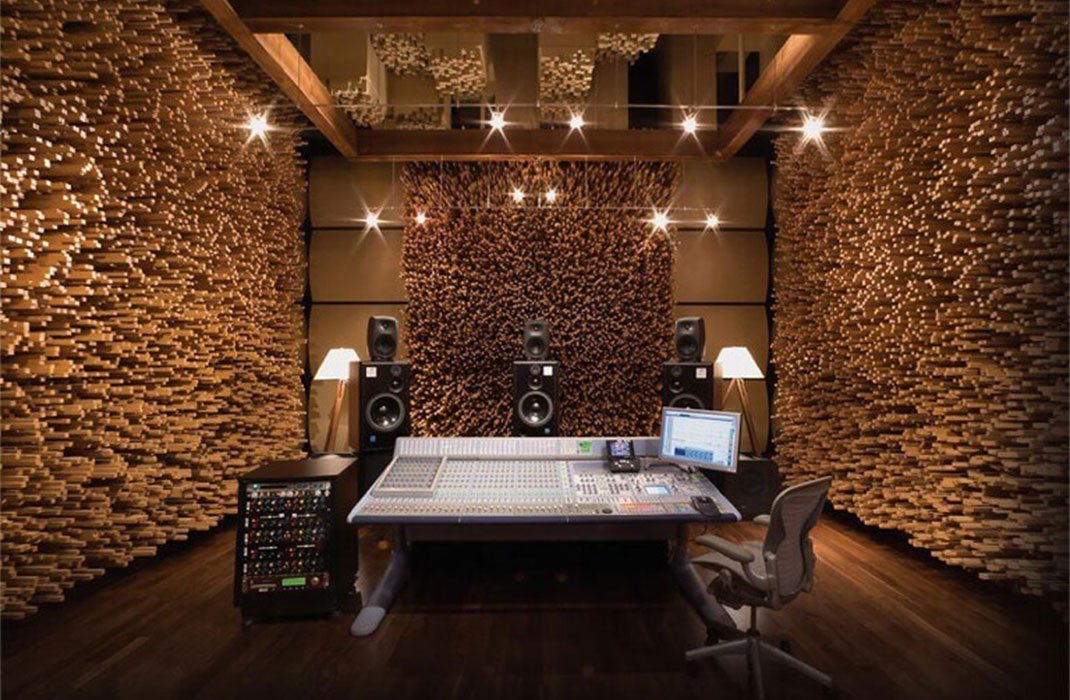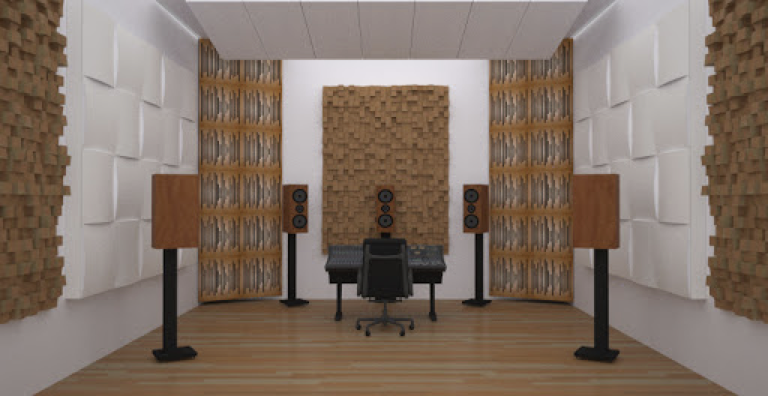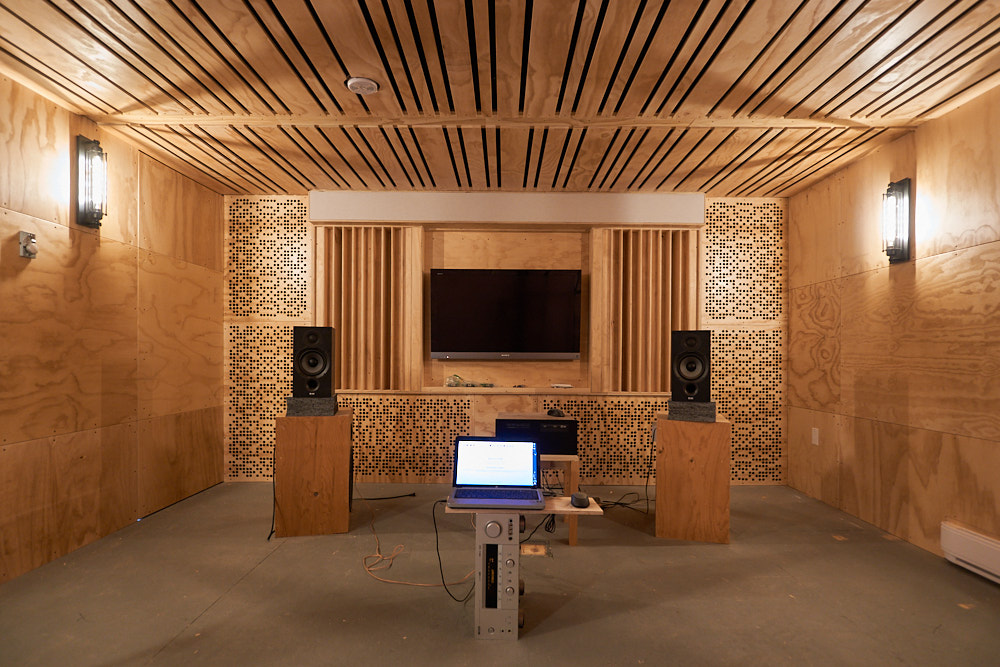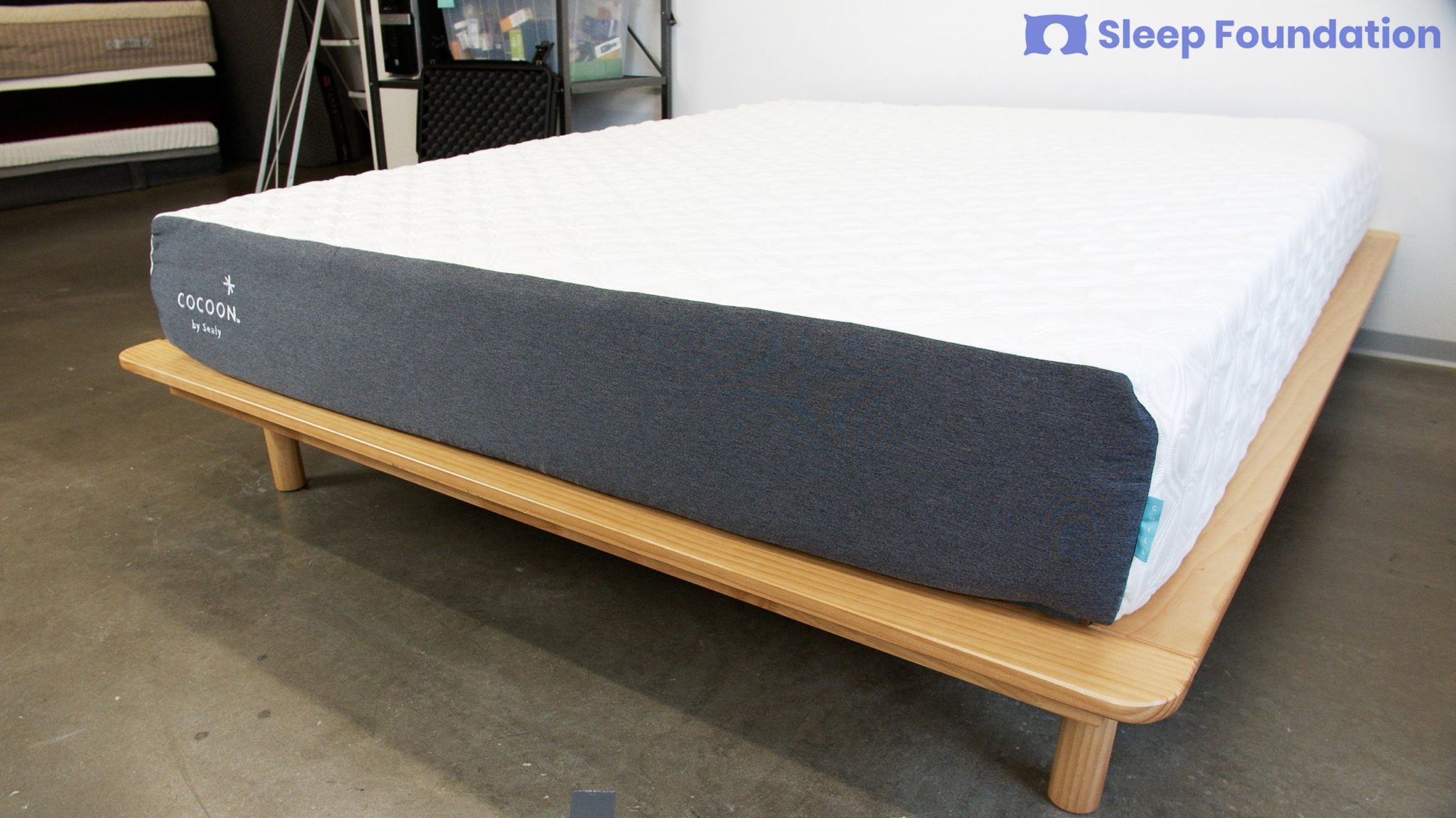One of the most effective ways to improve the acoustic quality of your living room is by using acoustic panels. These panels are specifically designed to absorb sound and reduce echoes, making your living room sound more balanced and pleasant. Acoustic panels come in various sizes and designs, making them versatile for any living room space. They can be mounted on walls or ceilings, and some even come in freestanding options. Not only do they improve sound quality, but they also add a touch of aesthetic to your living room décor. Acoustic Panels for Living Room
If you want to reduce noise and echo in your living room but don't want to invest in acoustic panels, there are other sound absorbing materials you can use. These include thick curtains, area rugs, and upholstered furniture. These materials help absorb sound waves and prevent them from bouncing off hard surfaces, making your living room quieter and more comfortable. Plus, they add a cozy and inviting atmosphere to your living room. Sound Absorbing Materials for Living Room
When it comes to acoustic treatment solutions for your living room, there are many options to choose from. In addition to acoustic panels and sound-absorbing materials, you can also consider bass traps, diffusers, and soundproofing materials. Each of these solutions targets specific sound issues and can be used in combination for optimal results. For example, bass traps are great for absorbing low-frequency sounds, while diffusers help scatter and disperse sound waves. Acoustic Treatment Solutions for Living Room
Noisy neighbors? Street traffic? Whatever the source of noise may be, there are ways to reduce noise in your living room. In addition to using acoustic treatment solutions, you can also try soundproofing your living room. This involves adding materials like mass-loaded vinyl, acoustic foam, or even thick drywall to your walls and ceilings to block out external noise. Another option is to invest in soundproof curtains or window inserts, which can significantly reduce outside noise. Noise Reduction for Living Room
When it comes to soundproofing options for your living room, the possibilities are endless. From simple DIY solutions to more advanced techniques, there is an option for every budget and living room size. Some popular options include using weather stripping to seal gaps around doors and windows, installing soundproofing drywall, and adding soundproof curtains. For a more comprehensive soundproofing solution, you can also consider hiring a professional acoustic consultant to assess your living room and recommend the best options. Soundproofing Options for Living Room
If you have a small living room, you may think that acoustic treatment is not necessary. However, small spaces can actually benefit greatly from acoustic treatment. In a small room, sound waves bounce off surfaces more quickly, causing echoes and making the room sound loud and uncomfortable. Acoustic treatment can help absorb these sound waves and create a more balanced and pleasant sound environment in your small living room. Acoustic Treatment for Small Living Room
For those on a budget or who enjoy DIY projects, there are plenty of DIY acoustic treatment options for your living room. These include building your own acoustic panels using insulation and fabric, creating your own bass traps using foam and cardboard, or even using bookshelves filled with books as diffusers. While these options may not be as effective as professional acoustic treatment, they can still make a noticeable difference in the sound quality of your living room. DIY Acoustic Treatment for Living Room
The acoustic treatment layout for your living room will depend on the size, shape, and furniture placement of your room. As a general rule, it's best to have a mix of absorption and diffusion throughout the room to create a balanced sound environment. This can be achieved by strategically placing acoustic panels on walls and ceilings, using bass traps in corners, and incorporating diffusers in the room. It's also important to consider the placement of your furniture, as this can affect the way sound travels in your living room. Acoustic Treatment Layout for Living Room
When it comes to acoustic treatment placement in your living room, there are a few key areas to focus on. These include the corners of the room, which tend to accumulate low-frequency sounds, the walls and ceiling, where sound waves bounce the most, and any large, flat surfaces, such as windows or doors. Depending on the size and shape of your living room, you may also want to consider adding acoustic treatment to the floor or behind larger pieces of furniture to further improve sound quality. Acoustic Treatment Placement for Living Room
The cost of acoustic treatment for your living room will depend on the size of your room, the type of treatment you choose, and whether you opt for professional installation or DIY. For a small living room, you can expect to spend anywhere from $200 to $500 on acoustic treatment materials. For larger spaces or more advanced solutions, the cost can range from $1000 to $5000 or more. While this may seem like a significant investment, the improved sound quality and comfort in your living room will be well worth it in the long run. Acoustic Treatment Cost for Living Room
Benefits of Living Room Acoustic Treatment
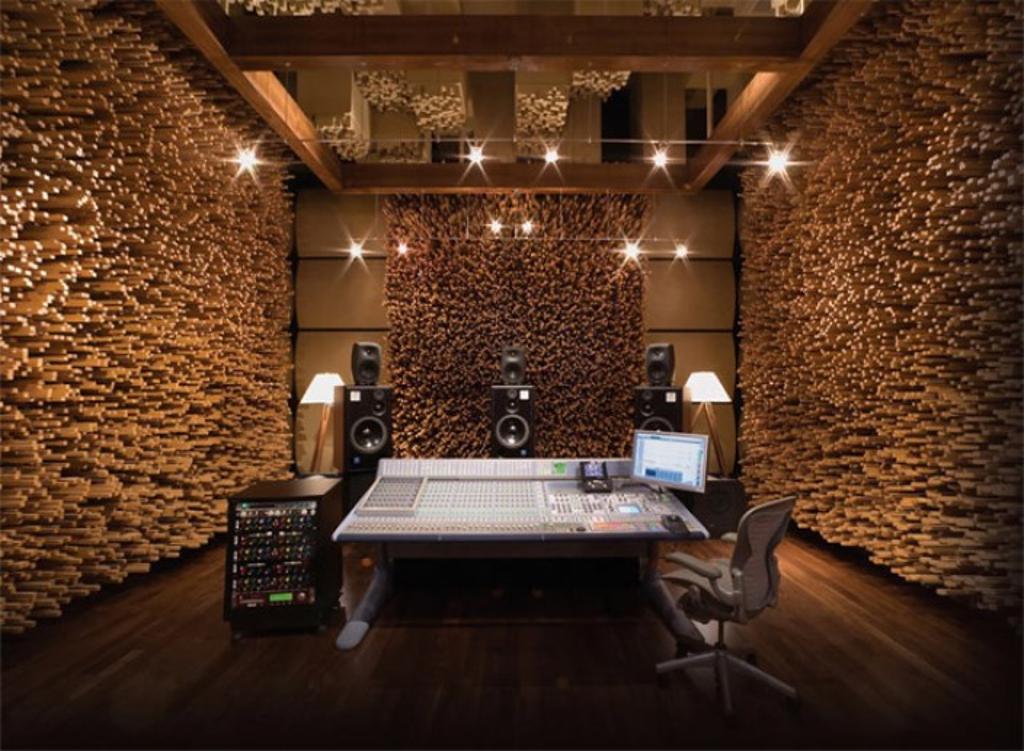
Improved Sound Quality
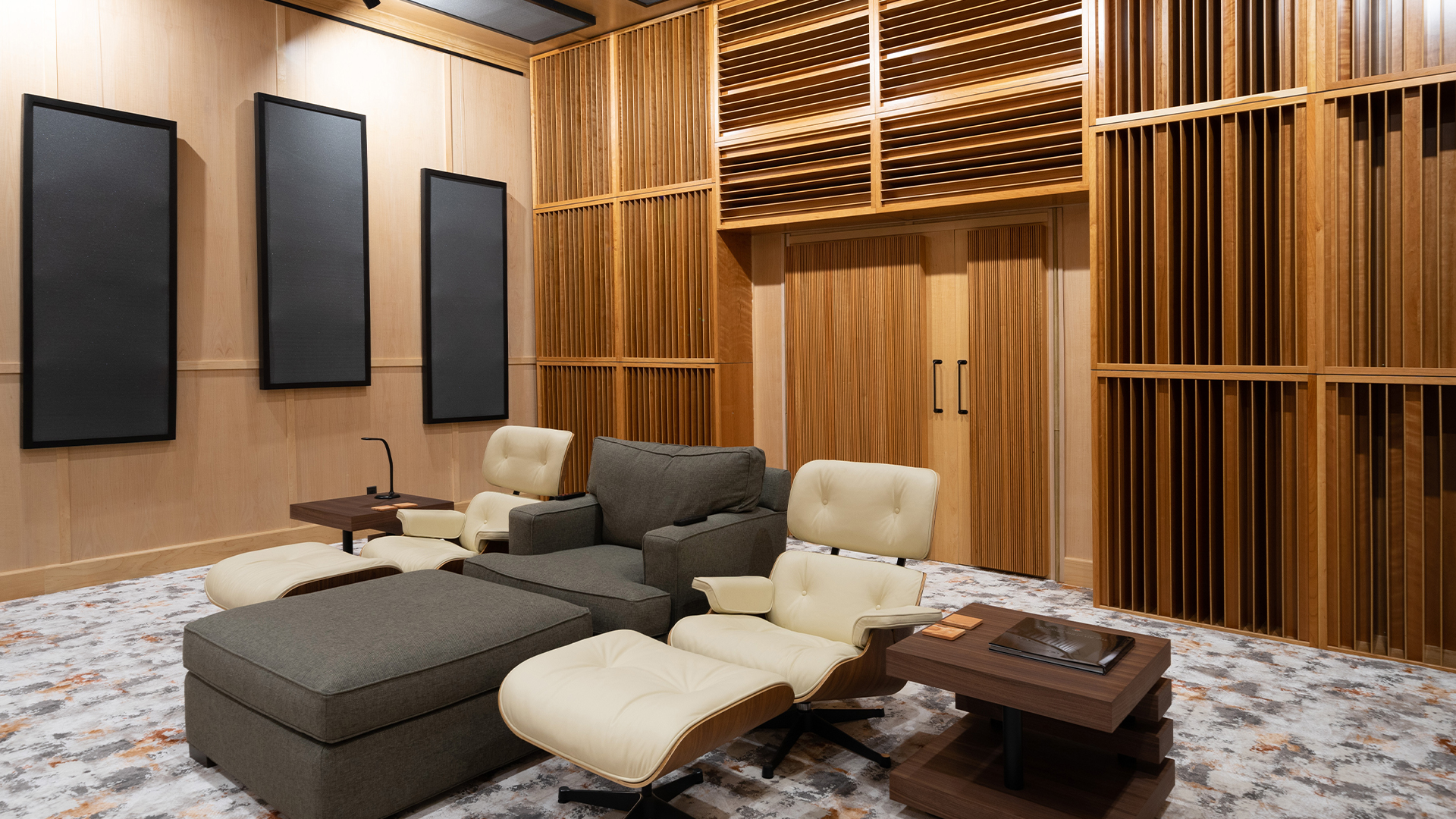
When it comes to designing a house, many people focus on the aesthetics, but forget about the importance of sound quality. However, with the right acoustic treatment in your living room, you can greatly enhance your listening and viewing experience. Acoustic treatment helps to reduce unwanted echoes and reverberations, giving you a more balanced and crisp sound. This is especially important for those who enjoy watching movies or listening to music in their living room.
Noise Reduction

Living rooms are often the hub of activity in a house, whether it's kids playing, conversations, or household appliances running. All of these can contribute to unwanted noise that can disrupt your relaxation or concentration. Acoustic treatment can help reduce the amount of noise that enters or exits your living room, creating a more peaceful and private space. This is particularly beneficial for those who live in noisy neighborhoods or have adjoining rooms that require sound insulation.
Enhanced Aesthetics

Some people may be hesitant to add acoustic treatment to their living room, thinking it will be unsightly and take away from the design of the space. However, this is not the case. There are many stylish and customizable options for acoustic treatment that can enhance the overall look and feel of your living room. From decorative panels to fabric-covered frames, you can choose a design that not only improves sound quality but also adds to the aesthetic appeal of your living room.
Increased Property Value
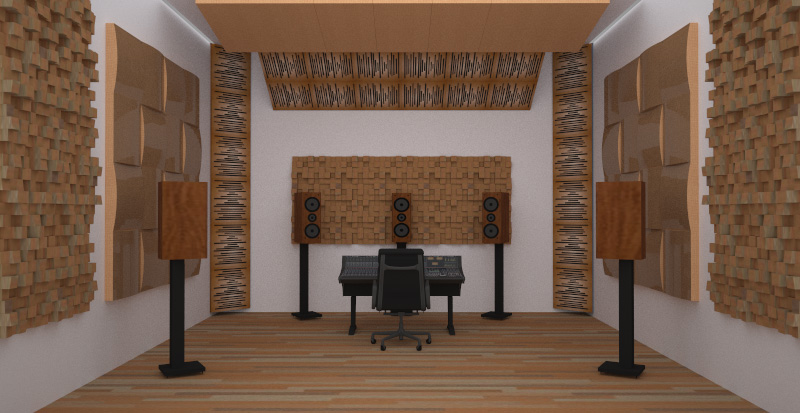
Investing in acoustic treatment for your living room not only benefits you in the present, but it can also increase the value of your home in the long run. Many homebuyers are looking for properties with added features such as acoustic treatment, which can set your house apart from others on the market. This can result in a higher resale value and make your property more attractive to potential buyers.
In conclusion, living room acoustic treatment is an important aspect of house design that often goes overlooked. Not only does it improve sound quality and reduce noise, but it can also enhance aesthetics and increase property value. Consider incorporating acoustic treatment into your living room design for a more enjoyable and valuable living space.

